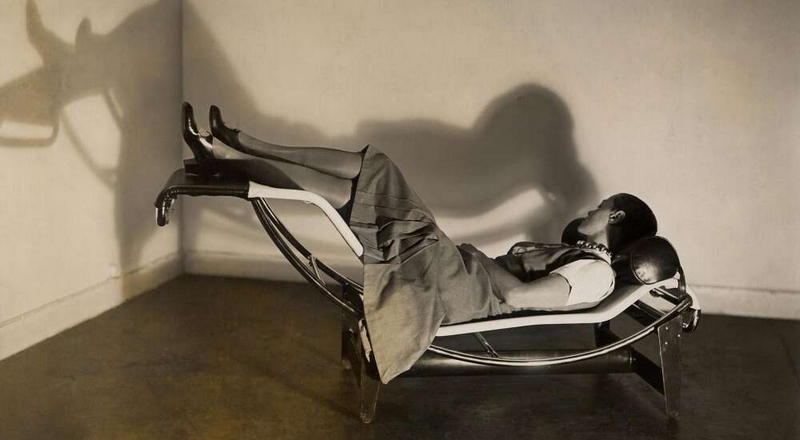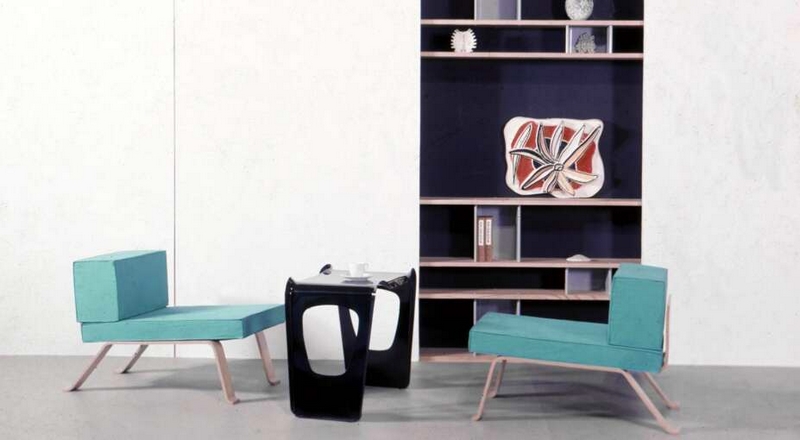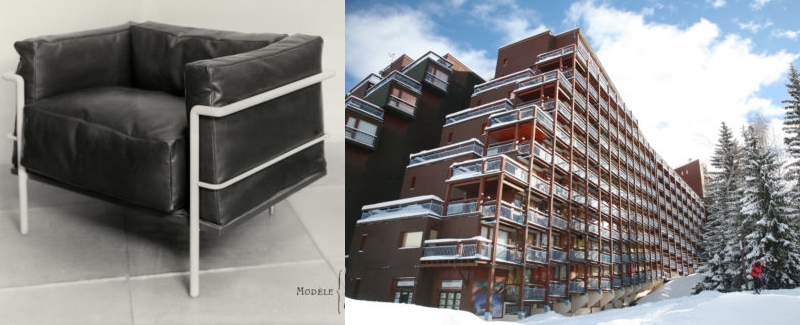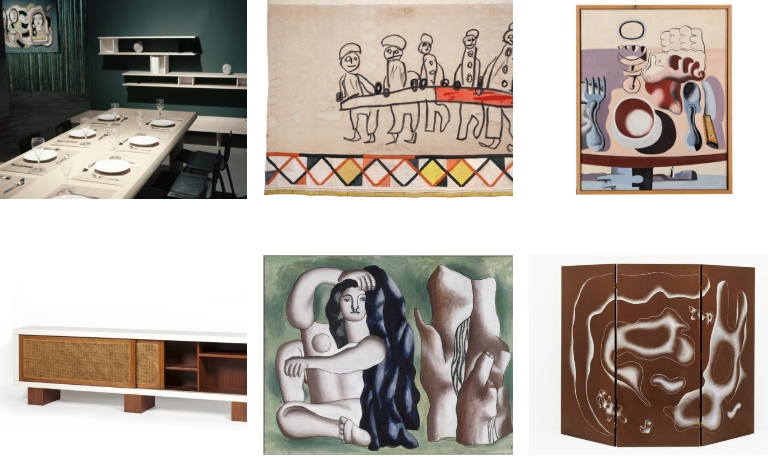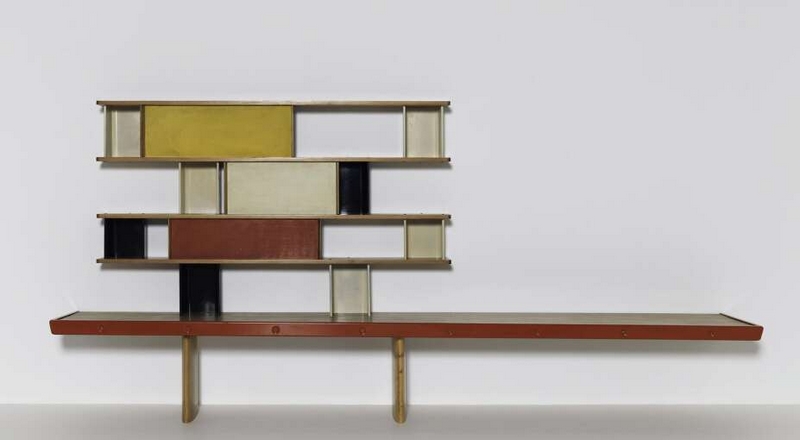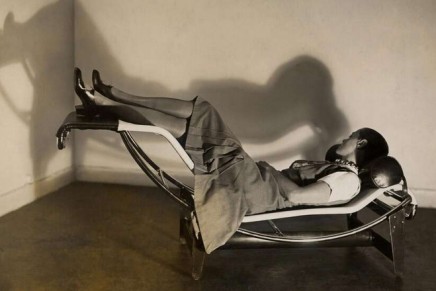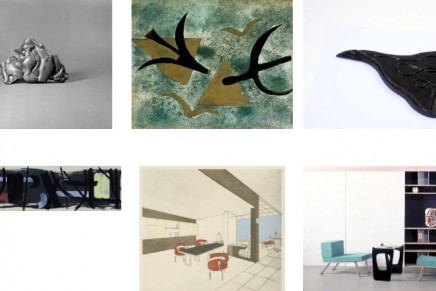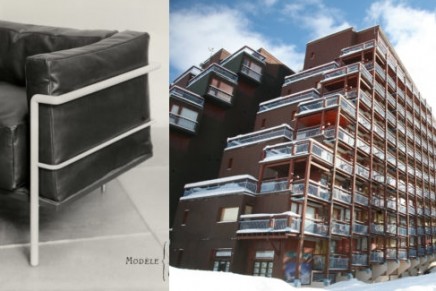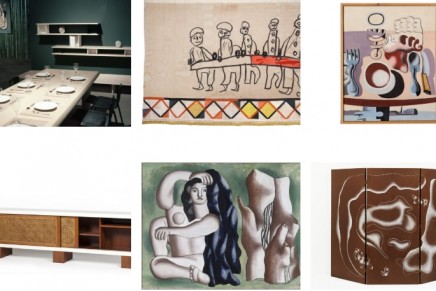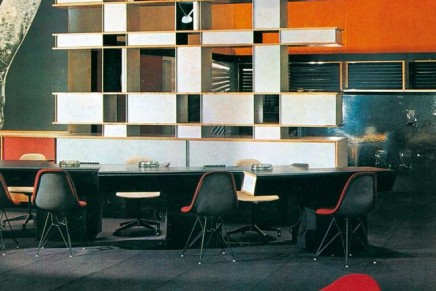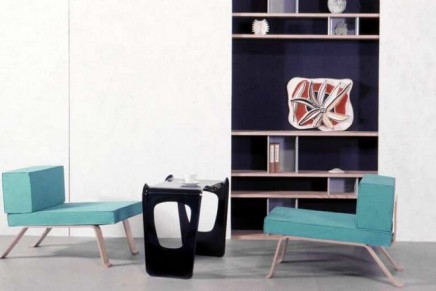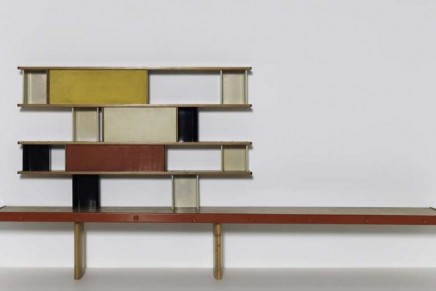“Charlotte Perriand: Inventing a New World” at the Fondation Louis Vuitton from October 2, 2019 to 24 February, 2020
The Louis Vuitton Fondation pays tribute to Charlotte Perriand as an architect and visionary creator through a large-scale exhibition of her work exploring the links between art, architecture and design.
An engaged visionary who created pieces that have become icons and spaces that integrate all forms of art, Charlotte Perriand is a major figure in 20th century art whose work remains an inexhaustible source of inspiration today. Twenty years after her passing, the Fondation Louis Vuitton is celebrating this resolutely independent woman whose creations appear so contemporary to us today with an exceptional ensemble of artworks intimately linked to her career, along with unprecedented reproductions.
Charlotte Perriand (1903-1999), a free woman, pioneer of modernity, a leading figure of the 20th century design, who contributed to the definition of a new art de vivre.
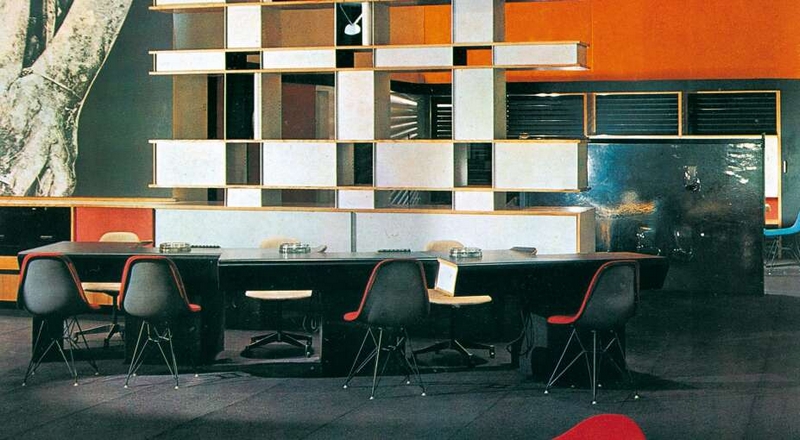
Charlotte Perriand: Inventing a New World exhibition; source: @fondationlouisvuitton.fr
The exhibition at the Fondation Louis Vuitton brings together over four hundred works that reconstitute this “synthesis of the arts”. This remarkable demonstration reprises her dialogue with the artists of her time, including Fernand Léger and Pablo Picasso, as well as Georges Braque, Alexander Calder, Hisao Dômoto, Joan Miro, Henri Laurens, Le Corbusier and Sofu Teshigahara. Two hundred artworks are displayed, either integrated directly with Charlotte Perriand’s creations or in conjunction with her design projects.
REINVENTING LIVING SPACES & POLITICAL ENGAGEMENT
The pool level is dedicated to the invention of a modernity that oscillates between a fascination for industry, political engagement and the imperative of reconnecting with nature. Beginning in the 1920s, Charlotte Perriand imagined an “art de vivre” that broke with the codes of her era. Finding inspiration in the worlds of automobiles and cinema and rethinking the role of women, she designed strikingly modern chrome tube furniture for her Saint-Sulpice studio (1927) and began researching a project entitled “Work & Sport” (1927) to illustrate her vision of the modern apartment. An associate of Le Corbusier and Pierre Jeanneret, she collaborated with them in designing icons such as the “chaise longue” and the “fauteuil grand confort” armchair
for an “ideal apartment”, presenting them at the 1929 Salon d’Automne.
RETURN TO NATURE
Recognizing the drawbacks of contemporary design dedicated solely to functionality, in the 1930s she showed a greater affinity with nature and called for a renewal of living spaces. Decrying “The great misery of Paris” in terms of housing, she proposed a Maison du Jeune Homme (House for a Young Man, 1935), a space bathed in light and interspersed with art works, objets trouvés and contemporary furniture. A look at her “L’Art Brut” photographs alongside drawings by Fernand Leger reveals a nature whose force inspired her to create her first “free form” furniture with their organic curves.
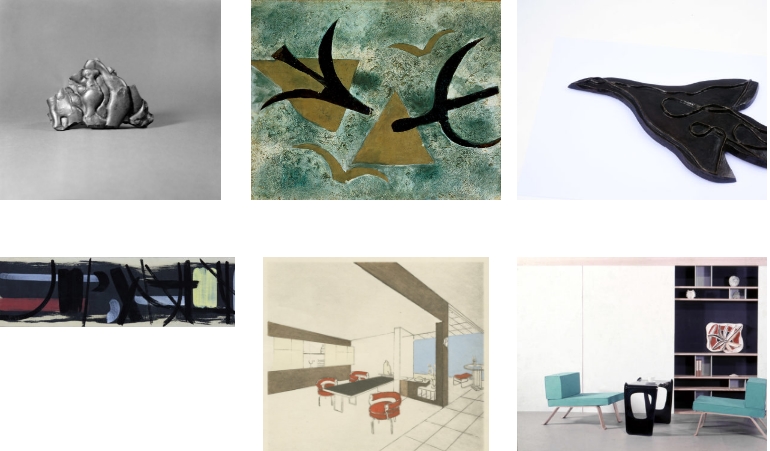
Charlotte Perriand: Inventing a New World exhibition; source: @fondationlouisvuitton.fr
JAPAN & RECONSTRUCTION
Invited to Japan in 1940 to advise the country on industrial arts, she presented an exhibition called “Selection-Tradition- Creation”, a manifesto for rethinking living spaces and using traditional materials such as bamboo. She influenced an entire generation of Japanese designers while herself finding fresh sources of inspiration in the culture. Following the Liberation of France she took part in the Reconstruction, calling on artists including Fernand Leger, Pablo Picasso and Alexandre Calder to contribute to her projects. In 1947, Elle magazine named her “Minister of Reconstruction” in an imagined government of women.
The rooms she designed for the Maison du Mexique (1952) and the Maison de la Tunisie (1952) student housing units in Paris illustrate her approach to minimal spaces and the intimate integration of furniture, architecture and art. Her Reconstruction was of course physical, but at the same time metaphorical, aimed at providing men and women with an indispensable sense of renewal following the trauma of war. Her window revealing a drawing by Picasso (for Paul Nelson’s “Maison Familiale Minimum”, 1947), her selection of “useful forms” for an exhibition at the Musée des Arts Décoratifs (1949- 1950), and the open kitchen she designed for the Unité d’Habitation housing development in Marseille, are all emblematic of the poetic function Charlotte Perriand sought to bring to living spaces.
The exhibition “Charlotte Perriand: Inventing a New World” runs until February 24, 2020.

